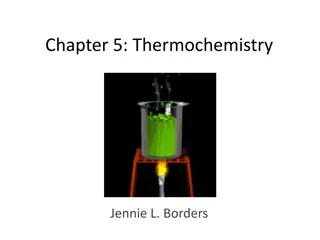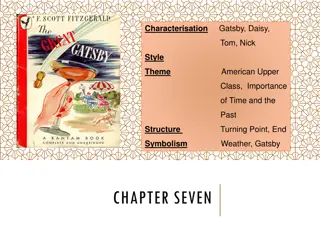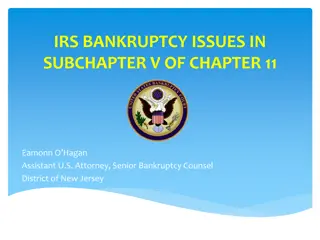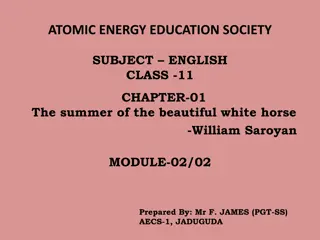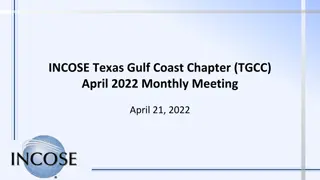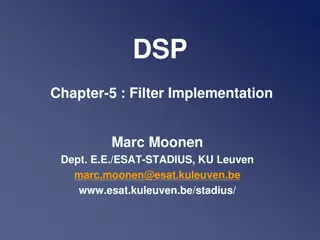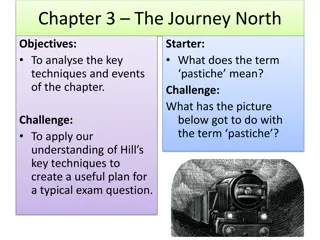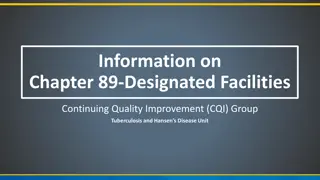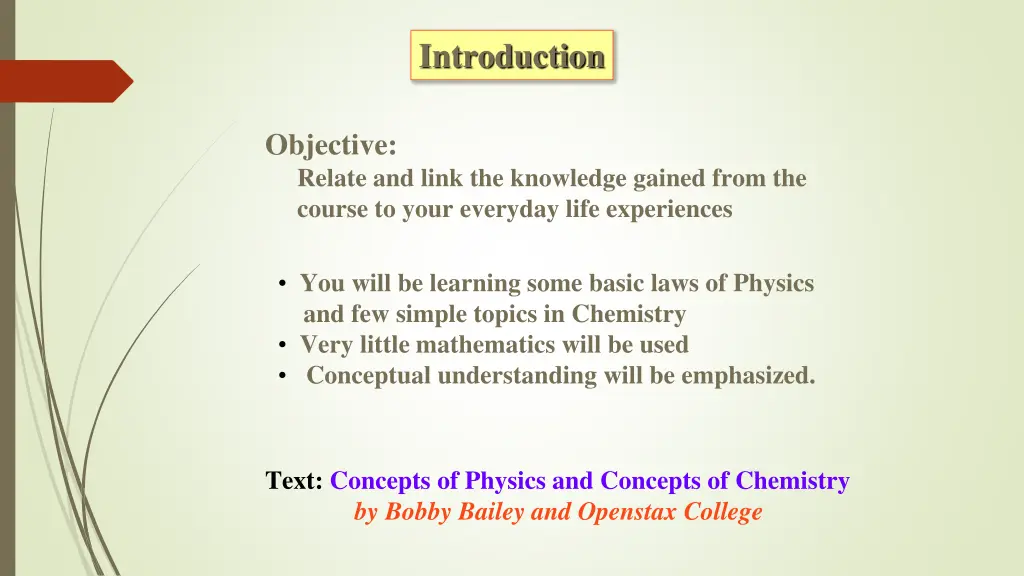
Exploring Scientific Principles in Everyday Life
Discover the origins of science and its impact on modern society, from Pythagoras to Einstein. Learn about the scientific method, theories, laws, and the connection between physics, chemistry, and daily experiences. Dive into the fundamental concepts of physics and chemistry with minimal math. Unravel the mysteries of gases and their behavior in different conditions.
Download Presentation

Please find below an Image/Link to download the presentation.
The content on the website is provided AS IS for your information and personal use only. It may not be sold, licensed, or shared on other websites without obtaining consent from the author. If you encounter any issues during the download, it is possible that the publisher has removed the file from their server.
You are allowed to download the files provided on this website for personal or commercial use, subject to the condition that they are used lawfully. All files are the property of their respective owners.
The content on the website is provided AS IS for your information and personal use only. It may not be sold, licensed, or shared on other websites without obtaining consent from the author.
E N D
Presentation Transcript
Introduction Objective: Relate and link the knowledge gained from the course to your everyday life experiences You will be learning some basic laws of Physics and few simple topics in Chemistry Very little mathematics will be used Conceptual understanding will be emphasized. Text: Concepts of Physics and Concepts of Chemistry by Bobby Bailey and Openstax College
Science had its origins in thinking about nature: Natural Philosophy 580 BCE Pythagoras (founded a school of philosophy) 350 BCE Aristotle (first attempt at physics) 250 BCE Archimedes (engineering) 150 BCE Ptolemy (astronomy) Science in Renaissance 1543 Copernicus publishes de Revolutionibus orbium coelestium This book was revolutionary , replacing the ideas of Ptolemy. Around 1589 Galileo creates the idea of modern experimental science. Galileo s reliance on experiment led to Newton s theories that replaced those of Aristotle.
1687 Newton publishes Principia Mathematica Naturalis Philosophiae We start with Newton s mathematical ideas on Physics and Gravity. 1865 Maxwell gives Electromagnetism and a molecular model for gases Making tele-communication and cell phones possible! Don t forget to put your phone in Airplane Mode during class! 1905 Einstein proposes the idea of Relativity and the Photon We start with the era of Modern physics . 1913 Niels Bohr presents Rutherford-Bohr model We start with the rise of Atomic physics .
The Scientific Method (Formal method of doing science) Recognize a question or problem Make an hypothesis which is an educated guess to solve the problem that has not been thoroughly tested. Predict consequences that can be observed and do experiments to see if predicted consequences are present. Formulate the simplest general rule that organizes hypothesis, predicted effects and experimental findings. A theory is a synthesis of many well-tested hypotheses that provide reliable predictions of what will happen in an experiment. Theories are not fixed, but evolve with time as new found knowledge refines theories. A law is a statement of universally consistent natural phenomena and measured events. Things that we observe and agree to be true!
Hypothesis, Law and Theory \ Both theories and laws have extensive experimental evidence to support them. A theory is not a wild guess!
Which is a theory and which is a law? I. GASES ___ As temperature rises, the pressure in a gas in a closed container increases. ___ The motion of molecules, which is the average kinetic energy of molecules, is related to temperature. Molecules move faster at higher temperature and thus collide with more force so that a higher pressure is generated. II. GRAVITY ____ by the presence of mass. The larger the mass, which is a form of energy, the greater the warping of space around it and the greater the force of gravity. According to Einstein, gravity is due to the warping of the structure of space ____ As mass of object increases or mass of planet increases, so does the strength of gravitational attraction between the two. The strength is inversely proportional to square of the distance.
The Physical Sciences Physics, Chemistry, Geology, Astronomy Physics study of basic concepts e.g. Motion, force, energy, matter etc. Chemistry builds on physics; how matter is put together to make molecules and material Geology Apply physics and chemistry to earth science (learn about earth and its processes) Astronomy Apply physics, chemistry and geology to other planets and stars Basic Measurements - Length, Mass, Time CGS Centimeter-Gram-Second MKS Meter- Kilogram Second sciences) (SI units widely used in physics and other
Metric Prefixes micro ( ) - one millionth 1 s = 1 x 10-6s milli (m) - one thousandth 1 mm = 1 x 10 3m centi (c) - one hundredth 1 cm = 1 x 10-2m kilo (k) - one thousand 1 kg = 1000 g mega (M) - one million 1 MHz = 1 x 106Hz
Unit Conversions (changing a value expressed in one type of unit to another type of unit) Example: Suppose that you drive the 10.0 km from your university to home in 20.0 min. Calculate your average speed (a) in kilometers per hour (km/h) and (b) in meters per second (m/s). (Note: Average speed is distance traveled divided by time of travel.) Solution: a) Average speed = 10.0 km 20.0 min= 0.500 km min Now, convert km leave hours. That conversion factor is 60 min minto km hr: multiply by the conversion factor that will cancel minutes and hr. Average speed = 0.500 km minx60 min = 30.0km 1 hr hr b) Average speed = 30.0km 1 hr 3600 sx1000 m = 8.33 m hrx s 1km





